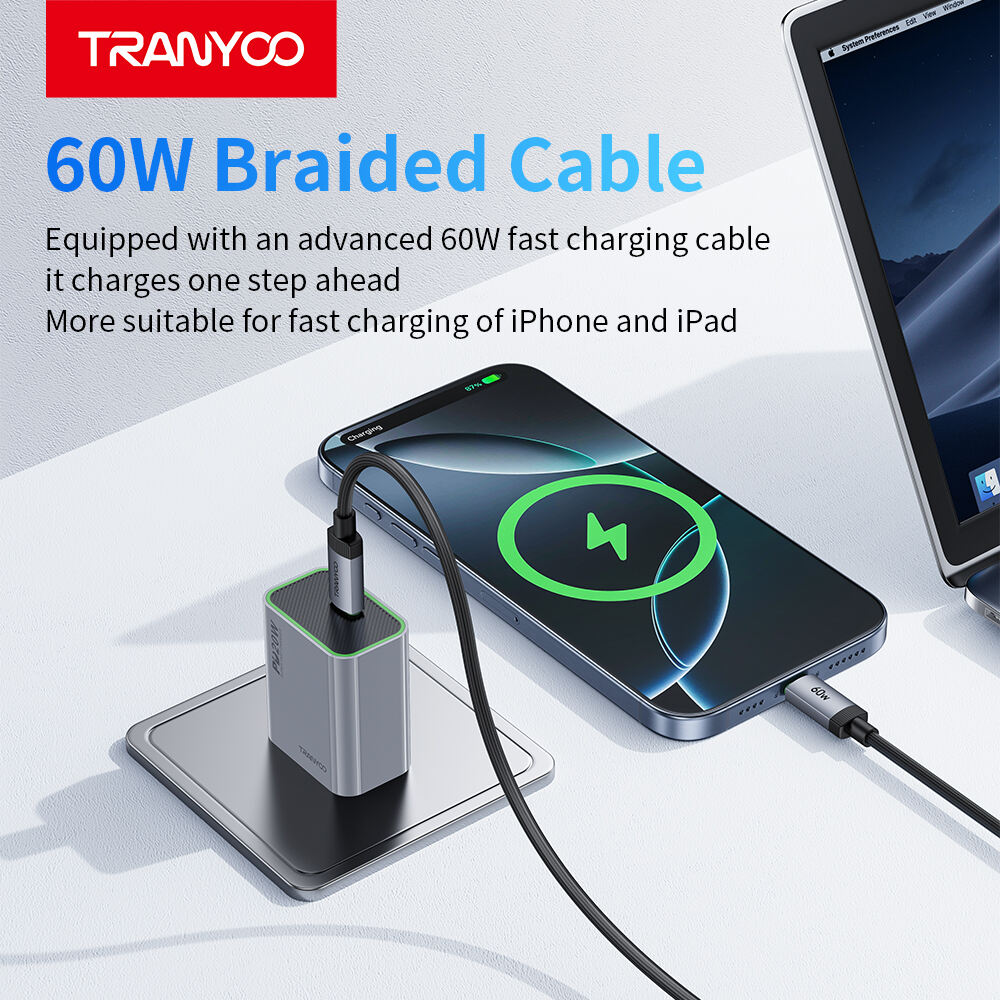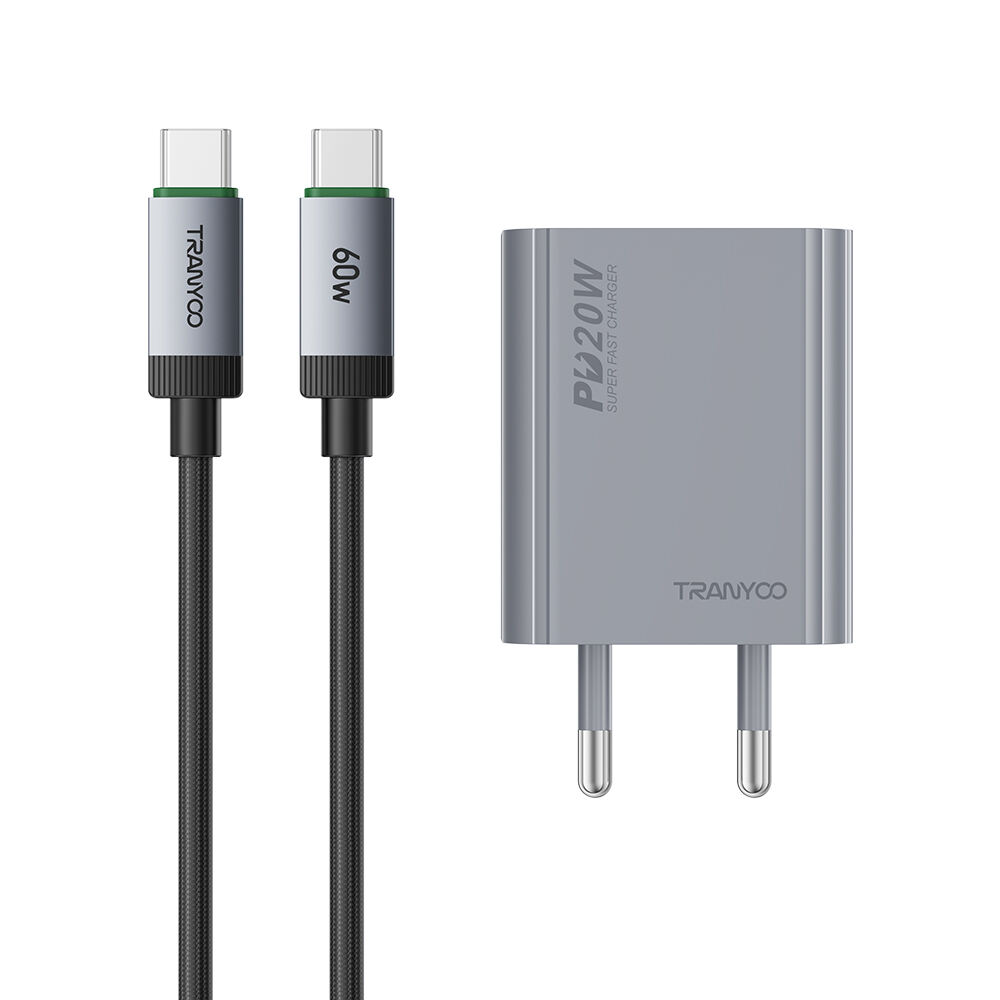Understanding the Science Behind Battery Charge Cycles
Modern smartphones have become an integral part of our daily lives, yet many users remain unaware of how their charging habits affect battery longevity. At the heart of this matter lies the concept of charge cycles - a crucial factor that determines your device's battery health and overall lifespan. Each time you replenish your phone's battery from 0% to 100%, you complete one full charge cycle. However, partial charges are cumulative, meaning charging from 50% to 100% twice equals one complete cycle.
The lithium-ion batteries in today's mobile phones typically maintain optimal performance for 500 to 1000 charge cycles. As these cycles accumulate, the battery's capacity gradually diminishes, affecting how long your device can operate between charges. Understanding and managing these charge cycles effectively can significantly extend your phone's battery life and save you from frequent battery replacements.
The Impact of Charging Habits on Battery Health
Optimal Charging Patterns
Contrary to popular belief, keeping your phone's battery level between 20% and 80% can significantly reduce stress on the battery and optimize charge cycles. This practice helps prevent the extreme voltage states that occur at very low or very high charge levels, which can accelerate battery degradation. Many battery experts recommend multiple shorter charging sessions throughout the day rather than one long overnight charge.
The temperature during charging also plays a crucial role in preserving battery health. Charging your device in extreme temperatures, whether hot or cold, can damage the battery cells and reduce their capacity over time. Aim to charge your phone in room temperature conditions and avoid using it while charging to prevent excess heat generation.
Common Charging Mistakes to Avoid
One of the most damaging habits is letting your phone's battery regularly drain completely before recharging. While older nickel-based batteries benefited from full discharge cycles, modern lithium-ion batteries perform better with partial charges. Deep discharges can cause unnecessary stress and reduce the overall number of effective charge cycles your battery can provide.
Another prevalent misconception is that leaving your phone plugged in overnight will damage the battery. While modern devices have built-in protection against overcharging, prolonged exposure to high charge states (above 80%) can still impact battery longevity. Using fast charging features continuously may also generate excess heat and accelerate battery aging.

Advanced Battery Management Techniques
Smart Charging Technologies
Recent developments in smartphone technology have introduced adaptive charging features that learn from your daily routine and optimize charging patterns accordingly. These systems can pause charging at 80% and time the final charging phase to complete just before you typically unplug your device, reducing the time spent at high charge levels.
Many manufacturers now include battery health monitoring tools that track charge cycles and provide insights into battery degradation. These tools can help you adjust your charging habits and identify potential issues before they significantly impact your device's performance. Some advanced systems even automatically adjust charging speeds based on temperature and usage patterns.
Long-term Storage Considerations
If you need to store a phone for an extended period, maintaining the battery at around 50% charge is optimal. This middle ground prevents both the stress of high voltage states and the potential damage from complete discharge. Check the battery level every few months during storage and recharge if necessary to maintain this optimal level.
For devices used as backup phones or only occasionally, it's important to complete at least one charge cycle every few months to keep the battery active and prevent chemical degradation. This practice helps maintain the battery's capacity and ensures it will be ready when needed.
Maximizing Battery Lifespan in Different Usage Scenarios
High-Usage Environments
Professional users who rely heavily on their phones throughout the day face unique challenges in managing charge cycles. For these scenarios, implementing a rotation of partial charges during natural breaks in the workday can help maintain optimal battery levels without disrupting productivity. Consider keeping a low-power charger at your desk for gentle, steady charging rather than relying solely on fast charging.
Heavy users might also benefit from battery cases or portable power banks, which can help distribute the charging load and reduce the strain on the phone's internal battery. When selecting these accessories, prioritize those with smart charging features that can regulate current and protect against voltage fluctuations.
Casual User Optimization
For casual users who don't depend heavily on their phones, focusing on establishing good charging habits early can significantly extend battery life. This might include avoiding overnight charging and instead charging during morning routines or while at a desk during the day. Enable power-saving features and adjust screen brightness to reduce the frequency of charge cycles needed.
Weekend users or those who primarily use their phones for basic communication can benefit from implementing a simple charging schedule that maintains the battery between 40% and 80%. This approach maximizes the lifespan of charge cycles while ensuring the phone is always ready for use when needed.
Frequently Asked Questions
How many charge cycles can a typical smartphone battery handle?
A modern smartphone battery is designed to maintain at least 80% of its original capacity after 500-1000 complete charge cycles. However, this can vary significantly based on the device manufacturer, battery quality, and charging habits. Premium devices often use higher-quality batteries that can sustain more charge cycles before noticeable degradation.
Does fast charging reduce battery lifespan?
While fast charging is convenient, frequent use can generate more heat and potentially reduce the number of effective charge cycles over time. For optimal battery longevity, it's recommended to use standard charging speeds when time permits and reserve fast charging for situations when rapid power replenishment is necessary.
Should I let my phone battery drain completely before charging?
No, completely draining your phone's battery regularly can actually harm its longevity. Modern lithium-ion batteries perform best when kept between 20% and 80% charge. Complete discharges stress the battery and consume valuable charge cycles unnecessarily. Only perform a full discharge once every few months for calibration purposes.

